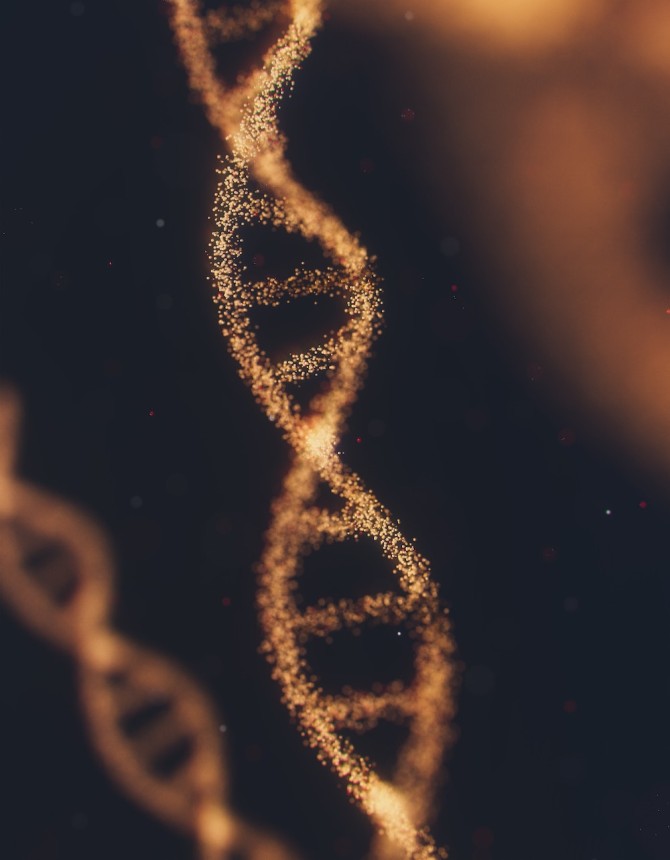Over the past decade, CRISPR-Cas9 gene editing has revolutionized science. It has been lauded as a breakthrough in biogenetics and medicine, with the potential to treat or eliminate many chronic or genetic diseases.
The technique cuts DNA at a precise target location. Where the cut will be made is determined by a strand of RNA, called the RNA guide, that bears a sequence of nucleotides complementary to the DNA sequence being targeted. The RNA guide runs through DNA until it locates the exact target sequence. Bound to the RNA guide is the enzyme Cas9, which is often likened to a pair of scissors. Once the RNA guide finds the target sequence, Cas9 cleaves the DNA molecule exactly where the RNA guide indicates. This process allows scientists to inactivate or modify specific genes with greater precision and ease than ever before.
The CRISPR mechanism evolved naturally, probably more than a billion years ago. Scientists have harnessed it for gene editing, but they didn’t create it. “The general public may think that CRISPR was born for genome-editing work, but it’s actually the workhorse of a natural immunity system found in bacteria and archaea,” explains Ailong Ke, Molecular Biology and Genetics. “It fights off viruses by slicing and shredding the viruses’ genome into pieces.”
As a biochemist with a special interest in RNA biology, Ke has found the CRISPR-Cas system irresistible. He and his lab are dedicated to exploring the mechanisms that underpin it. Using cutting-edge tools such as cryo-electron microscopy and x-ray crystallography-both of which can reveal macromolecular structures at the atomic level-the researchers peer into the gears of the CRISPR-Cas machinery.
“Our fundamental drive is scientific curiosity,” Ke says. “We want to understand how the system works. A good understanding of the system leads to interesting ideas about how to utilize it. It’s such a powerful tool: It is highly specific. It permanently changes the genetic information inside cells, which has profound consequences. The technology carries great promise to cure rare genetic diseases, or to fight off cancer and viruses.”
Read the full story on the College of Arts and Sciences website.









